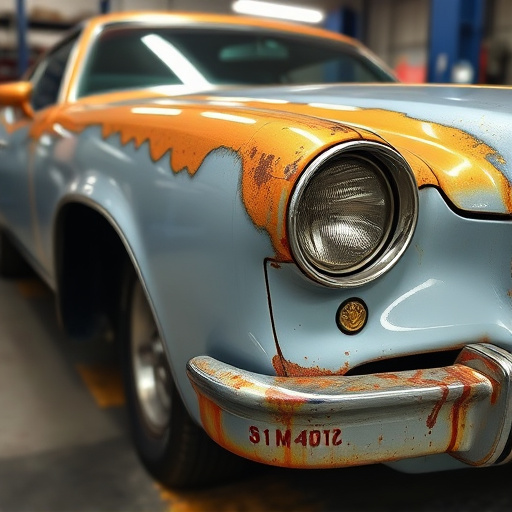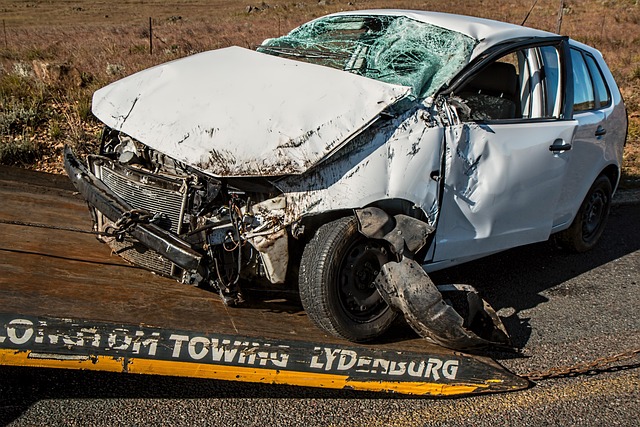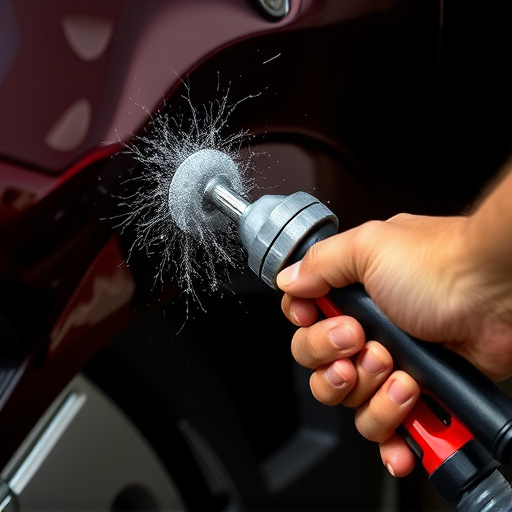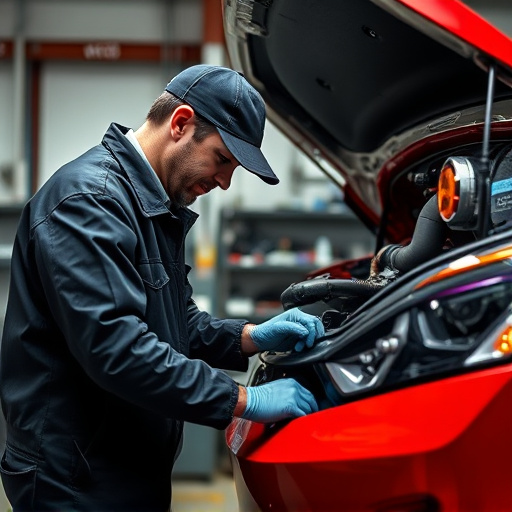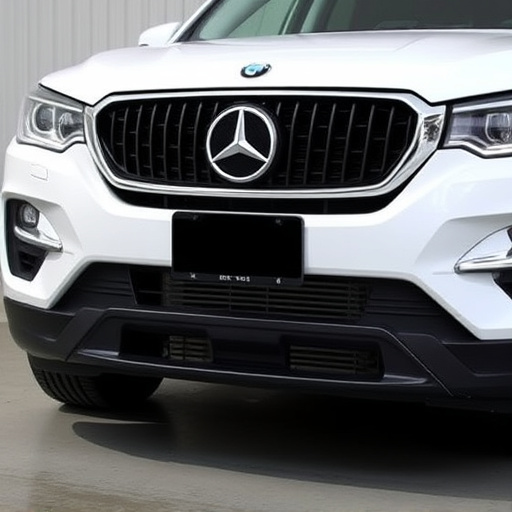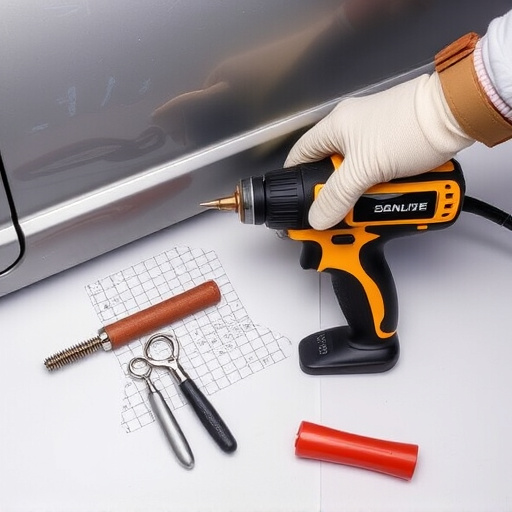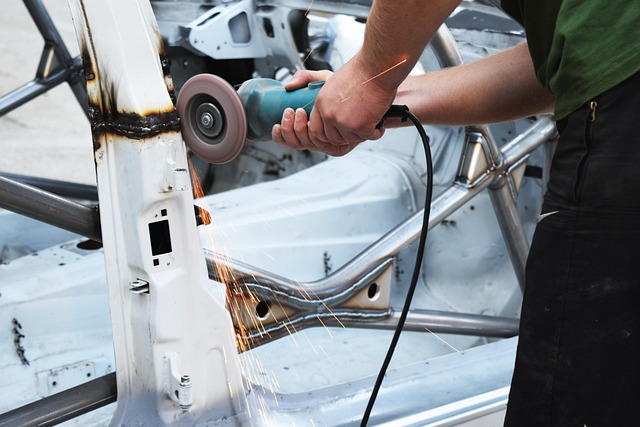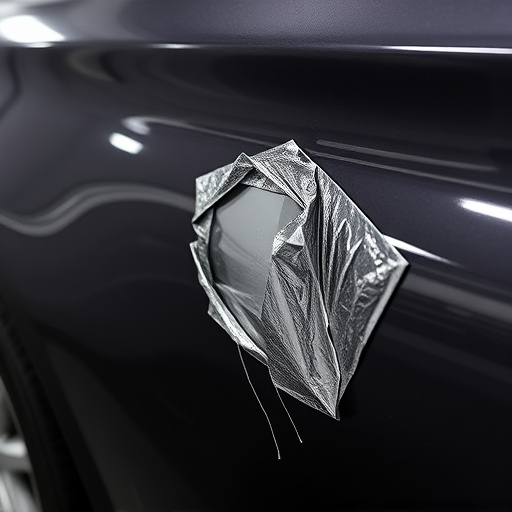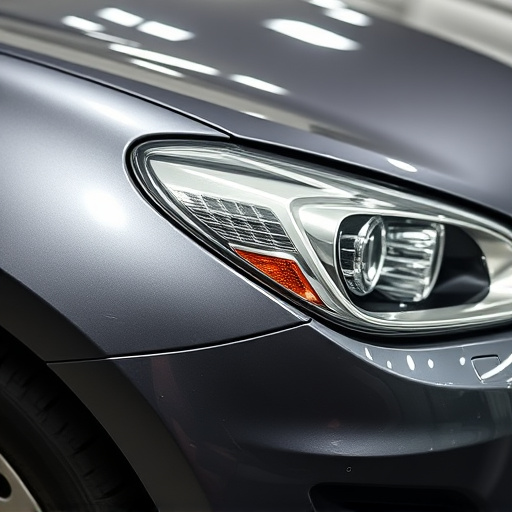Tesla airbag system repair requires meticulous diagnosis of sensor failures, faulty wiring, or damaged impact sensors. Technicians use advanced tools to identify issues in sensors, inflators, and control modules, then employ precise repairs including component replacement, recalibration, software updates, and testing under simulated collision conditions, ensuring the Tesla airbag system operates safely and reliably.
Tesla vehicles are renowned for their innovative safety features, including their advanced airbag systems. However, even these cutting-edge technologies can encounter malfunctions, such as misfiring or false deployments. This comprehensive guide delves into the intricacies of Tesla airbag system repairs, offering a step-by-step approach to addressing and rectifying these issues effectively. By understanding the underlying causes and employing the right techniques, you’ll ensure your Tesla’s safety system remains reliable and operational.
- Understanding Tesla Airbag System Malfunctions
- Diagnosing Misfiring or False Deployments
- Step-by-Step Repair Process for Effective Solutions
Understanding Tesla Airbag System Malfunctions
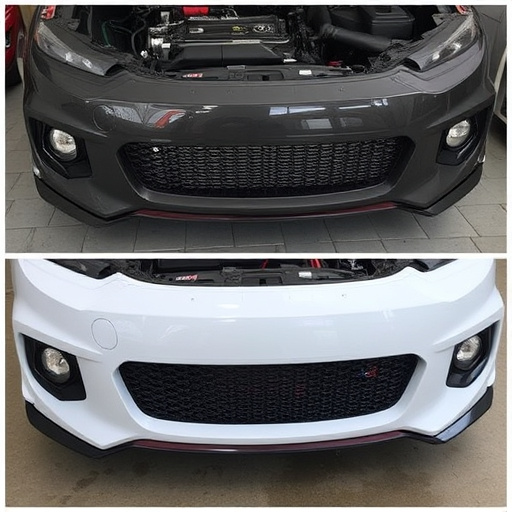
The Tesla airbag system is designed to protect occupants during a collision, but like any complex mechanical device, it can experience malfunctions. Misfiring or false deployments can occur due to various factors, including sensor failures, faulty wiring, or impact sensors that have been damaged or misaligned. Identifying the root cause of these issues is crucial for effective Tesla airbag system repair.
If an airbag fails to deploy when a collision occurs or deploys unnecessarily, it’s important not to overlook potential problems. It could be as simple as a sensor needing recalibration or as complex as a frame that has been bent over time, affecting the airbag’s proper functioning. Proper diagnosis and subsequent car dent repair or frame straightening may be required to restore the vehicle’s safety systems to their optimal state, ensuring peace of mind for Tesla owners.
Diagnosing Misfiring or False Deployments
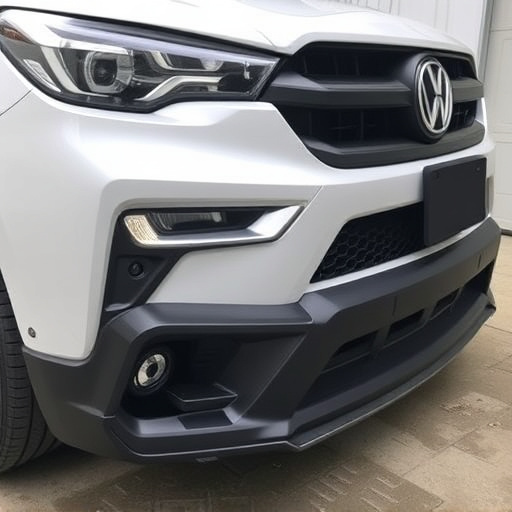
Diagnosing misfiring or false deployments in Tesla’s airbag system is a critical step before attempting any repairs. It involves a meticulous process of data collection and analysis. Technicians utilize advanced diagnostic tools to monitor sensor readings, electrical signals, and pressure levels within the airbags. This data helps identify anomalies that could lead to misfiring or premature deployment. Common issues include faulty sensors, compromised inflation mechanisms, or software glitches affecting airbag control units.
Proper diagnosis is crucial for effective Tesla airbag system repair. It distinguishes genuine airbag problems from false readings caused by external factors like impact damage or improper installation. Auto body services specializing in Tesla repairs employ paintless dent repair techniques and car dent removal methods to mitigate such issues, ensuring the safety and integrity of the vehicle’s airbags without extensive painting or body work.
Step-by-Step Repair Process for Effective Solutions
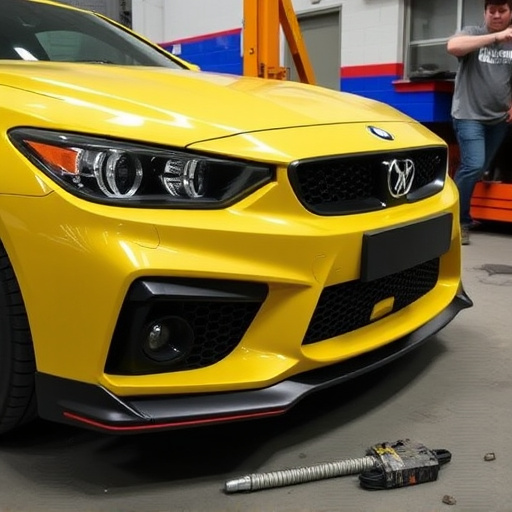
Tesla airbag system repair is a specialized task that requires meticulous attention to detail. The process begins with a thorough inspection to identify the root cause of the misfiring or false deployment. Technicians at a reputable collision repair shop will use advanced diagnostic tools to assess the sensors, inflators, and control modules for any defects or malfunctions. Once the issue is pinpointed, the repair can commence.
The step-by-step process involves replacing faulty components, recalibrating sensors, and updating software if necessary. For instance, if an airbag inflator is found to be defective, it will be safely removed and replaced with a new one. After ensuring all parts are properly installed, the system is tested under simulated collision conditions to guarantee its effectiveness. This meticulous approach, similar to that of a Mercedes-Benz repair, ensures that the Tesla airbag system operates reliably, enhancing passenger safety in the event of an actual collision or false triggering.
In conclusion, addressing Tesla airbag system malfunctions, whether due to misfiring or false deployments, is a crucial aspect of vehicle safety. By understanding the underlying causes and employing a structured repair process, owners can ensure their vehicles are equipped with reliable airbag systems. Through proper diagnosis and effective solutions, such as those outlined in this guide, peace of mind while driving a Tesla is within reach, making it simpler to navigate the road ahead safely.


